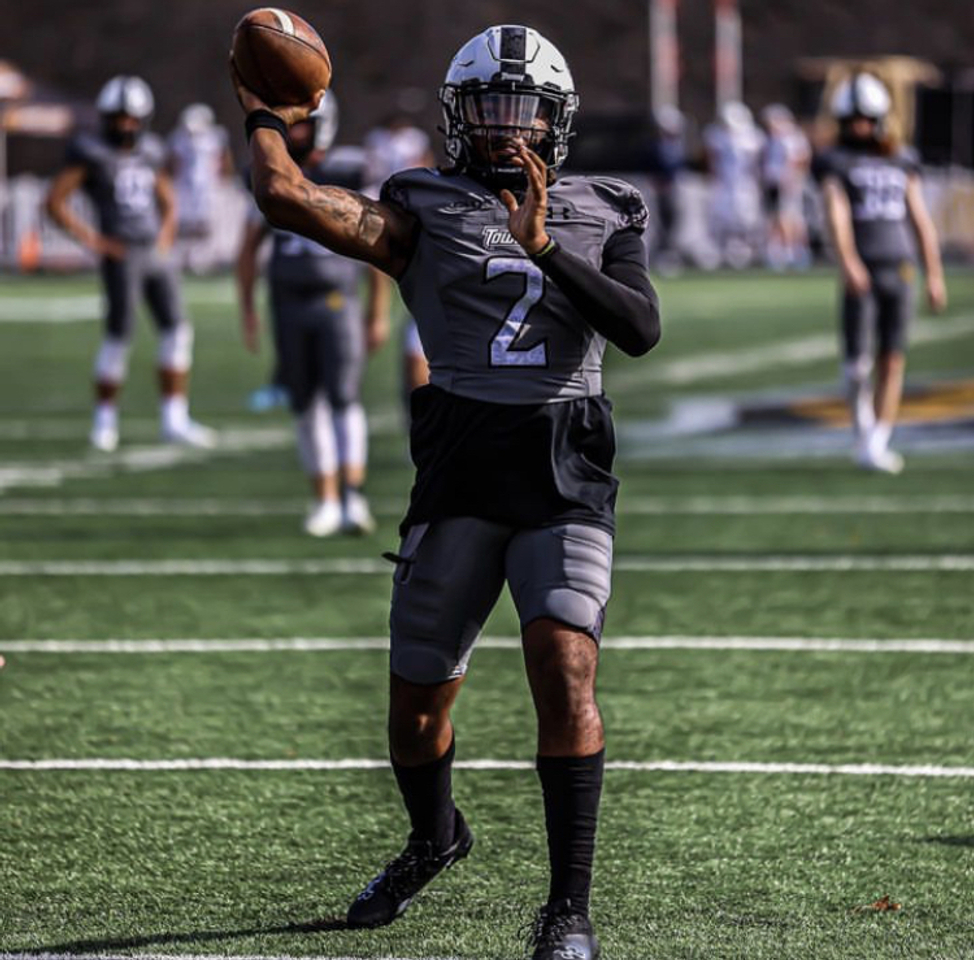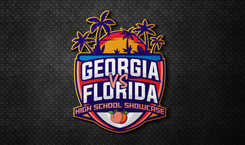Content
Daytona Beach Stadium - Home of the unity beach bowl
also
Home Of the georgia vs florida hs showcase

























Jay'Von Tucker-Scott Loch Haven University
James Jones Univ of Lousiana- Monroe
Jerrod Burrell Akron
Jeremiah Martin Norfolk St
Rishon Holmes Towson Univ/ Allen Univ
Moses Sarweh Eastern Kentucky
Yianni Carey Lincoln Univ (PA)
Wayne Allen Lincoln Univ (PA)
Abdul Bamidele Lincoln Univ (PA)
Raheem Olalulakan Morgan St/ Bowie St
Anthony "Speedy" Morante Wheeling Univ
Jason Entzinminger Shaw Univ
Brandon Leake Livingstone
Darius Sample German/ Brazilian/ Japan Pro League
Anthony Withrow Avila Univ
Ethan Hughes Lackawana
Ryan Cannon Lackawana
Dominique Roy New Mexico Military

By Keith Grabowski
While National Signing Day has come and gone, there are players still looking for their opportunity after not receiving an offer. Division I spots may be hard to come by, but there are plenty of ways an athlete can continue their career in college and even receive that desired scholarship.
RELATED CONTENT: From a homeless shelter to a college football scholarship: How Jaden Robinson signed with Oregon State against all odds
Other options exist for players looking to compete at the next level:
A student-athlete who was close to an offer, but just missed out, can still work toward creating that opportunity at a postgraduate school. Also called prep schools, they have several advantages:
RELATED CONTENT: 12 tips for making a recruiting video for your athlete
Ryan Williams of Jireh Preparatory Academy (Matthews, North Carolina) indicates all postgraduate options aren't the same. Specifically, he said the notion that postgraduate schools are strictly for student-athletes with academic or behavior issues is a myth.
"The fact is, you don't really know why each kid is there, because it's different for each one of them," Williams said. "He may be there because he suffered an injury and he needs another year to show his ability. Another kid might be there to improve his test score. It's different for everyone."
Williams identified the following types of postgraduate programs:
Williams noted that his school creates an opportunity the student-athlete didn't have out of high school. Between 75-80 percent of his roster finds placement on a four-year college roster.
While this isn't the traditional track, it gives an option to those who were close to the opportunity they wanted on Signing Day but came up just short
The UNITY BEACH BOWL College All Star Game will be in Daytona Beach
The GA vs FL High School Showcase set to take place in Daytona Beach
The Pre-Season All-Anne Arundel County Team Powered By Showtime Collegiate Academy
The Pre-Season All-Upper Chesapeake Team Powered By Showtime Collegiate Academy













